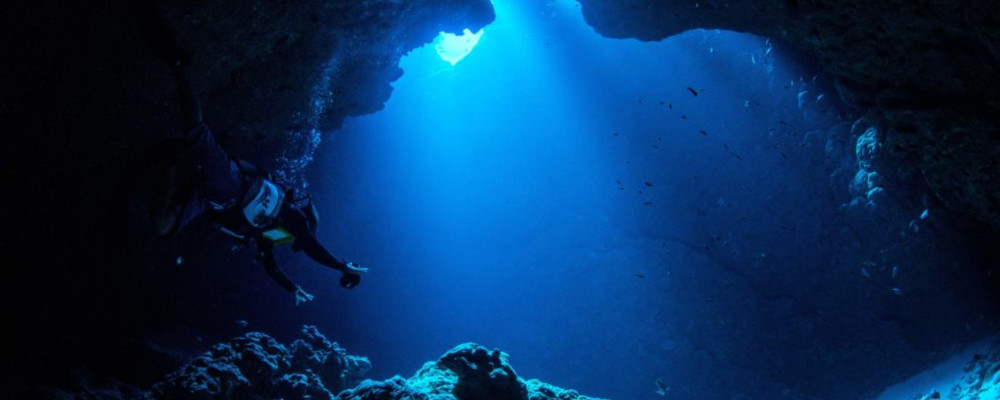These days, pretty much everyone agrees that we have a housing supply problem in Canada.
At an hour-long virtual meeting hosted by the Greater Vancouver Board of Trade in April, Finance Minister Chrystia Freeland noted that, “something that we want to work with provinces and municipalities on is really finding more and more creative ways to increase housing supply in Canada”.
The Official Opposition concurs. Conservative Party leader Erin O’Toole has tweeted that “young Canadians are being priced out of the housing market and finding themselves depending on their family to help them get on the property ladder” and that “to secure the future, Canadians need somewhere to live.”
MPs Andrew Scheer and Brad Vis, respectively the shadow ministers of Infrastructure and Communities & Housing, wrote in a recent op-ed that “Conservatives recognize that rising housing costs can be addressed by tearing down the barriers preventing new supply from coming onto the market.” They propose that “(the federal government) explore innovative policy tools to reward municipalities that cut red tape adding so much to the price of a new home, and prioritize infrastructure dollars to the cities which increase housing density near transportation corridors and social hubs”.
That’s a good idea.
Housing is a local and regional issue that must ultimately be addressed by municipal and provincial governments, because it’s the cities and provinces that regulate land use and construction, and it’s those policies that are currently preventing sufficient housing supply. Change has been slow, and has certainly not kept up with the growing shortage. There’s a good argument that it’s time for the feds to step in.
Here’s one version of what that might look like, using Canada’s two most expensive cities (Vancouver and Toronto) as examples.
These cities receive billions of dollars in infrastructure funding from the feds. Given the scale of the housing affordability problem, and the insufficiency of the steps that have been taken by other levels of government to date, it might be wise for the federal government to attach some strings to those dollars.
The federal government could work with provincial governments to require that Toronto and Vancouver allow what’s known as “missing middle” housing on every single parcel citywide. This would allow anyone to build semi-detached houses, duplexes, triplexes, fourplexes, townhouses, stacked townhouses, and even lowrise apartment buildings wherever and whenever it makes good economic sense to do so. This kind of land use liberalization is becoming increasingly common in cities across North America.
Despite the gentle nature of the density being proposed, this would be a transformational change.
Why are these types of housing called “the missing middle?” Because they fit into the “middle” range of density, between detached houses on one end and midrise buildings on the other. At one time they were the predominant form of housing in many cities, but they’ve been “missing” from new development since around the post-war era.
At that time, increasingly restrictive zoning ordinances started setting aside large swathes of our cities for only detached houses. This has effectively reduced population in many of our most established city neighborhoods, even as overall urban populations have grown.
For reference, in Toronto, 200 square kilometres or 66 percent of the city’s residential land area is zoned residential detached (RD). This is by far the largest residential zone in the city.
At this point you might be asking yourself, “Okay, but why does this matter? Can’t we fit more people into a high-rise condo tower than into a fourplex?” Here’s why allowing for missing middle housing is a good idea.
First, these are gentle forms of intensification. A fourplex, for example, is typically not more than three or three-and-a-half storeys high and fits very comfortably in neighbourhoods that are otherwise filled with detached and semi-detached houses. They don’t substantially alter the character of these neighborhoods.
Second, missing middle is cheaper to build. Excluding land, it costs about $200 to $400 per square foot to convert or redevelop a detached house into a fourplex. By contrast, the cost for a new high-rise development is currently upward of $600 to $800 per square foot in our major urban markets. If the goal is to create greater housing affordability, then we need to start putting people into housing that is more affordable to build.
Third, Toronto alone has about 850,000 detached houses and another 250,000 semi-detached houses that could be redeveloped as fourplexes at their owners’ discretion. That’s over three million potential homes that could be unlocked by a relatively straightforward planning change. That’s a lot of potential development, especially considering that Toronto typically only sees 15,000 to 25,000 housing unit completions per year. That’s more than 120 years of current housing production, with lower cost and less onerous city approvals when compared to high-rise construction
To recap in reverse: this change could lead to millions of new units, at lower cost, and at lower impact to surrounding neighborhoods.
And if those weren’t good enough reasons to consider allowing missing middle development, then consider this: by empowering a large number of neighborhood entrepreneurs, we broaden the municipal tax base and create incentives for neighbors to see development as a positive-sum game instead of something to fight. Rather than development activity being concentrated in the hands of a few large companies, suddenly individual homeowners would be able to make substantial investments in their own communities, and would enjoy the financial security offered by the owner/operator model.
Despite the gentle nature of the density being proposed, this would be a transformational change.
By taking a bold step toward real housing reform, the federal government could help open our cities back up to the young, the new, and the middle class, while curbing urban sprawl, and kickstarting a new wave of upward mobility.
Recommended for You

Trevor Tombe: Canadians are paying billions in hidden taxes on new homes

Christopher Hume: Canada’s architects are building boring and bland cities

The Week in Polling: A ‘broken’ Canada, housing costs fueling Canadian emigration, Trump versus a Biden replacement, and a Labour landslide in the U.K.

Sal Guatieri: How Canada’s immigration policy is affecting housing affordability









